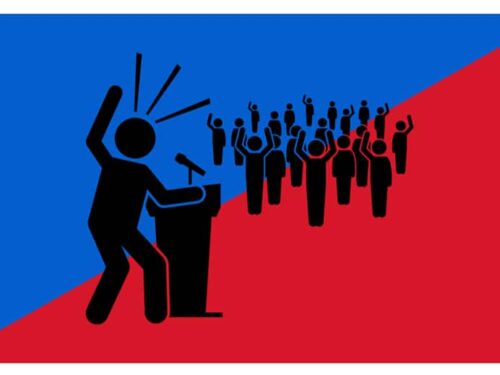
This article was originally published by Inc.com. Thank you Maya Hu-Chan for allowing us to republish your work.
If you’re met with silence when you ask for input, these tips can start a dialogue.
A question I often get from my clients is, “How do I get my employees to speak up?” They ask their teams to share their opinions and speak their minds, but they are most often met with silence. What’s going on?
The answer is nuanced and, more often than not, much more complex than, “They have nothing to say.”
Speaking up can feel vulnerable and daunting, and the reasons people don’t do it can range from cultural differences to corporate cultures that discourage dissenting opinions.
Here are the reasons I find are most often behind the silence, and how leaders can encourage others to share their voice.
Cultural differences
Western cultures encourage individual expression — a value that can be at odds with workers from Asian and Latin American cultures that center hierarchy and deference to authority. For these workers, speaking up can feel disrespectful. It may be unthinkable to share an opinion that is contrary to a superior’s, even if invited to do so, or to speak up in a meeting when others with higher job titles are present.
When working with globally diverse teams, leaders should be aware of these cultural dynamics. Create rules of engagement that encourage participation, and explain the “why” behind the norms — understanding why speaking up is not only expected but valued can help workers from more hierarchical cultures style-shift into a different mode.
Leaders can also set up structures that encourage speaking up. For example, workers can be split into teams, with one team charged with finding the potential pitfalls of an idea or initiative, or a manager leading a meeting can appoint one person as a temporary devil’s advocate. These tactics set the expectations for engagement while lowering the perceived risk of doing so.
Technical barriers
Leaders of virtual or hybrid teams face unique challenges to participation, but the technology that brings their teams together can also encourage them to share their voices — but not always in expected ways.
If a question is met with silence or blank stares, don’t rush to the next topic. Sometimes people need an extra moment or two to process their thoughts, especially if they’re having to answer in a language that isn’t their native one. Invite people to share verbally but also use the chat function — it can be a more welcome vehicle for expression for people who are more introverted. Similarly, the polls function in many virtual meeting platforms can also allow people to safely and anonymously share opinions.
Lack of psychological safety
Leaders can encourage more free expression of ideas and opinions by creating inclusive, psychologically safe environments. They can’t only say they want people to speak up — they have to demonstrate it with their actions.
My client Joanne recently became CEO of a hospital where that environment had not been created. Employee survey results showed that people had given up on sharing ideas for improving the organization because they had historically been ignored by leadership. She made it her priority to change that perception.
In one-on-one meetings with people across the organization, she asked open-ended questions and invited people to share. She repeated back what she heard, ensuring she heard them correctly. She took notes during conversations, communicating to people that their ideas and opinions were valuable and important enough to write down.
Joanne shared stories of her own mistakes with her teams, which made them feel safe to admit their errors. She asked leaders to show the same vulnerability, which in turn promoted growth and quality improvement.
She invited directors and front-line staff alike to meetings, seeking their feedback and creating action plans based on their input. This proved to her staff that she backed up her words with action.
In six short months, Joanne turned the hospital’s culture around, and her staff is speaking up more, invigorated to continuously improve the organization.
If you ask for input and are met with silence, don’t assume your employees have nothing to say. Reflect on the forces that could be at play, whether cultural differences, technical barriers, or lack of psychological safety, and start making changes that will invite more voices to speak up.




